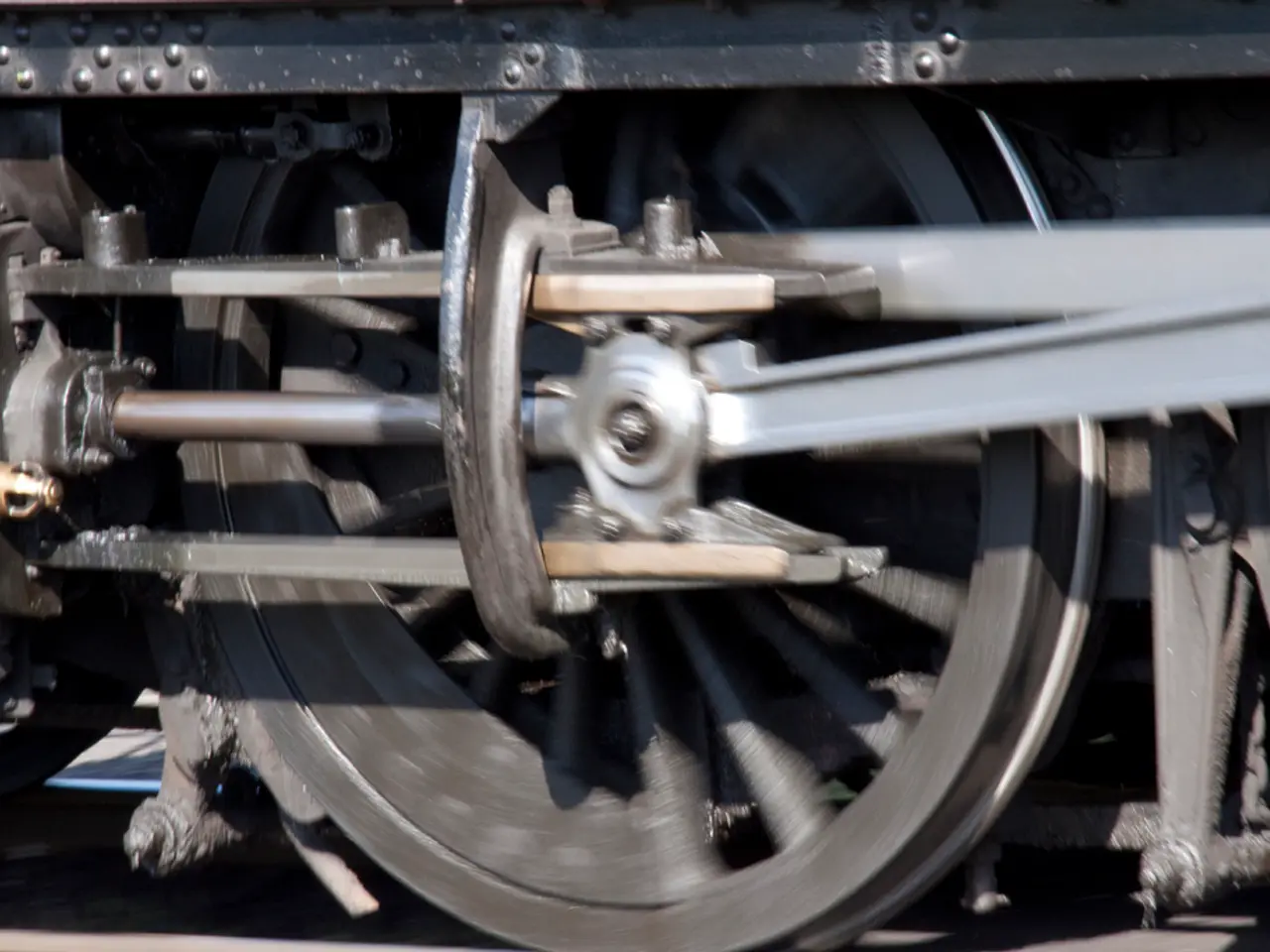Flexibility in Cogwheels: Its Meaning, Triggers, and Diagnosis
Cogwheel rigidity, a distinctive type of stiffness characterised by jerky movements, is often an early sign of Parkinson's disease. This rigidity typically affects the limbs, neck, and trunk, making basic movements difficult due to increased muscle tone and involuntary muscle contractions.
Recognising Cogwheel Rigidity
The early symptoms of cogwheel rigidity include muscle stiffness and resistance to passive movement, which feels like a jerky, ratchet-like sensation when a limb is moved. Other early motor symptoms commonly accompanying cogwheel rigidity include bradykinesia (slowness of voluntary movement), resting tremor (a "pill-rolling" tremor more prominent in the distal upper limbs), and postural instability (usually a later feature). Non-motor symptoms that may precede rigidity include constipation and loss of smell (anosmia or hyposmia).
Clinical tests for detecting cogwheel rigidity involve a physical examination by a neurologist, who passively moves the patient's affected limbs to feel the characteristic "cogwheel" resistance—a combination of rigid muscle tone plus superimposed tremor causing a ratchet-like "catch and release" sensation. The examiner moves the patient's wrist, elbow, or shoulder to assess muscle tone, and the "cogwheel" phenomenon arises from tremor superimposed on "lead-pipe" rigidity (constant resistance). Rigidity may initially be unilateral. Observation and assessment of other cardinal Parkinson's signs (e.g., bradykinesia, tremor) support diagnosis.
Management and Treatment
While there is no cure for Parkinson's disease, various treatments can help manage symptoms. Carbidopa and levodopa tablets are often the most effective treatment option for Parkinson's disease and may be prescribed by a doctor. Additionally, doing aerobic exercise, stretching regularly, practicing yoga or tai chi, bouncing a ball, and reducing stress can help manage rigidity, bradykinesia, and balance problems in people with Parkinson's disease. A person with Parkinson's disease can also consult a physical therapist to find out what exercise is likely to work best for them.
Diagnosis and Confirmation
Diagnosis of cogwheel rigidity relies on clinical evaluation of these motor features combined with patient history and exclusion of other causes. No specific laboratory or imaging test directly measures cogwheel rigidity. In summary, early recognition of Parkinson’s disease, where cogwheel rigidity is a cardinal sign, is crucial for effective management and treatment.
| Aspect | Details | |-------------------------|-------------------------------------------------------------------------------------------| | Early symptoms | Muscle stiffness, jerky resistance to passive limb movement, difficulty with fine motor tasks | | Clinical test | Passive limb movement by examiner detecting ratchet-like resistance ("cogwheel") | | Associated motor signs | Bradykinesia, resting tremor | | Non-motor early signs | Constipation, anosmia | | Confirmation | Diagnosis is clinical, supported by neurological examination |
This clinical evaluation approach is standard and essential for early recognition of Parkinson’s disease.
- Cogwheel rigidity, a distinctive type of stiffness, is often an early sign of Parkinson's disease, characterized by jerky movements and resistance to passive movement.
- Other early motor symptoms accompanying cogwheel rigidity include bradykinesia, resting tremor, and postural instability.
- Non-motor symptoms that may precede rigidity include constipation and loss of smell (anosmia or hyposmia).
- Clinical tests for detecting cogwheel rigidity involve a physical examination by a neurologist passively moving the patient's affected limbs to feel the characteristic "cogwheel" resistance.
- The 'cogwheel' phenomenon arises from tremor superimposed on "lead-pipe" rigidity, causing a ratchet-like "catch and release" sensation, initially possibly unilateral.
- Various treatments can help manage symptoms of Parkinson's disease, such as Carbidopa and levodopa tablets, aerobic exercise, stretching, yoga, tai chi, and reducing stress.
- A person with Parkinson's disease can also consult a physical therapist to find out what exercise is likely to work best for them.
- Diagnosis of cogwheel rigidity relies on clinical evaluation of these motor features combined with patient history and exclusion of other causes, with no specific laboratory or imaging test directly measuring cogwheel rigidity.




